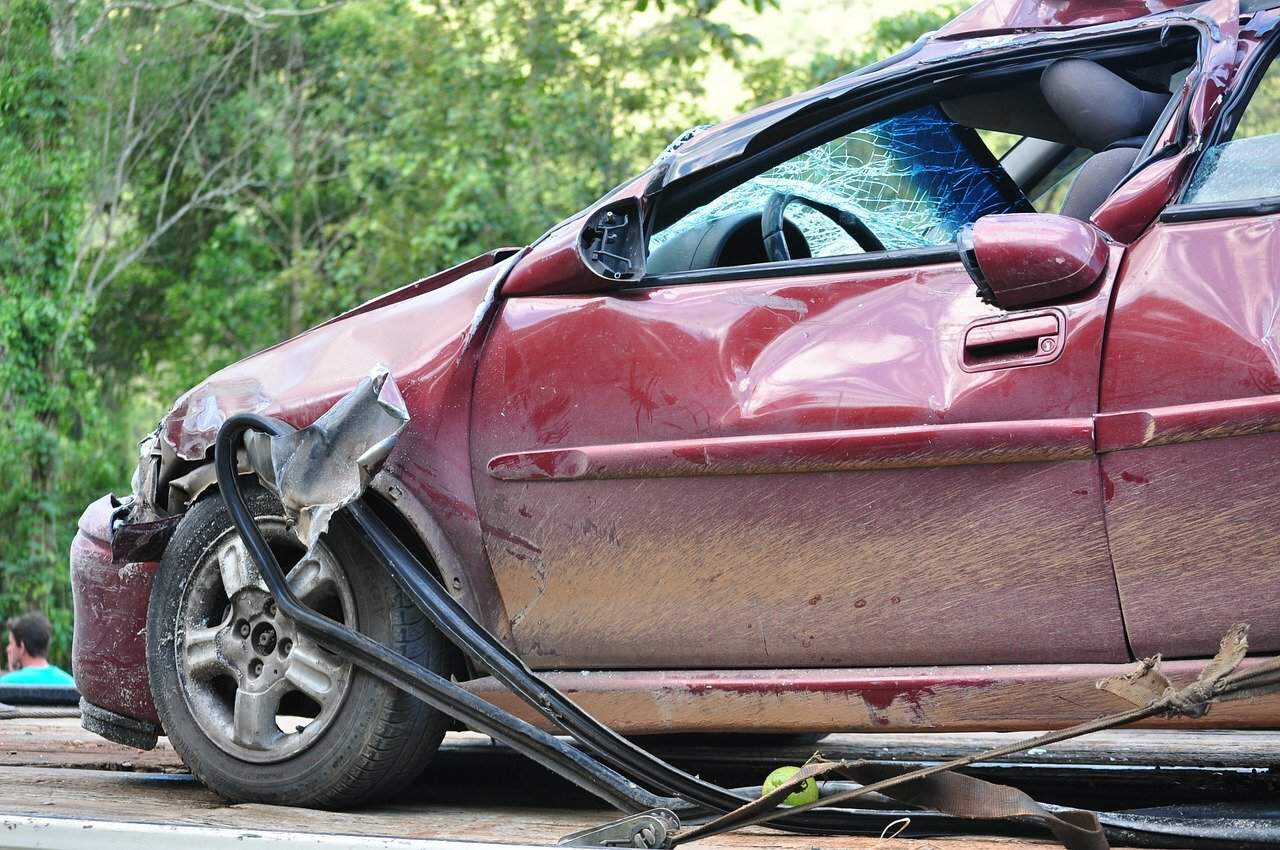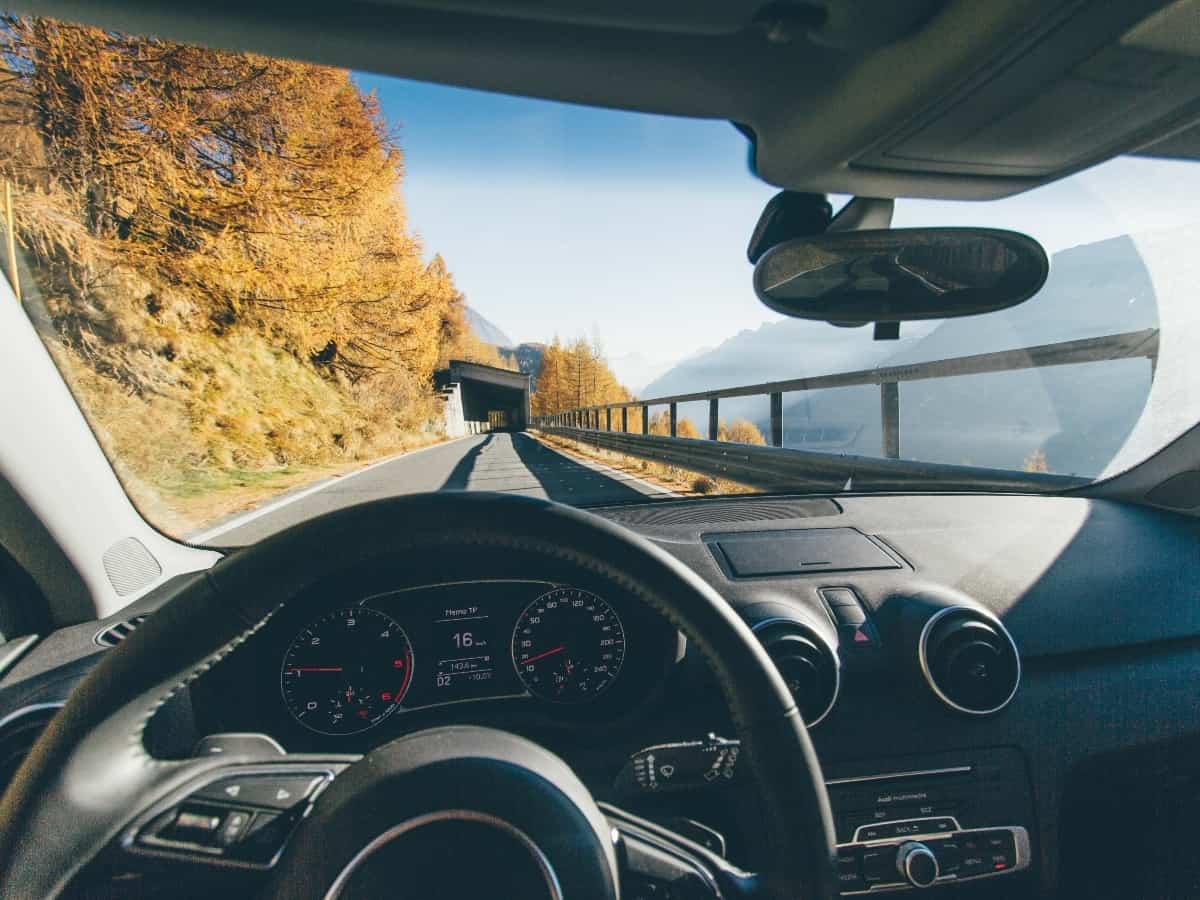Many factors go into an auto insurance claim process. However, it would mainly depend on the type of claim you are filing and the details of the incident you report.
For example, are you the party at fault or not-at-fault for the accident? In addition, what kind of insurance coverage do you have on the vehicle in question? Furthermore, does the other driver have insurance? So, let’s take a closer look into the auto insurance claims process and how it works.
What Should You Do When the Accident Happens?
After an auto accident occurs, there are a few things you want to do.
Remain At the Scene
Stay at the scene of an auto accident. It is against the law to flee the scene of an accident. The vehicles should remain where they are until the situation is assessed. You may have to move the vehicles after the fact if they block traffic. However, remain in place until you’re given the go-ahead by authorities to move your vehicle.
Preserve the Scene
Safeguard the area by turning on flashers or putting out reflective cones or road flares. Our tip is to always keep a flashlight in your car. That way, you have your form of light and can securely wait at the scene for help to arrive.
Call the Police
Get law enforcement involved even if there is not much damage to your vehicle at all. This is important because supplying a police report is part of the auto insurance claims process.
Give an Accurate Report to the Police
Tell them every detail of what happened to the best of your ability. Be careful not to speculate or guess concerning the details. If asked about injuries, explain to the officer that you’re unsure at the moment. There may be no visible pain or injuries at the time. However, after the adrenaline wears off from the stress of the accident, pain, and discomfort usually set in if there are any injuries. Lastly, you want to make sure the other party reports accurate facts to the police department. Get a report number from the reporting officer to reference it when you request a copy for insurance purposes.

Take Photos of the Damages
Suppose you have a cell phone or camera in your vehicle. In that case, it is helpful to have detailed pictures of the damaged areas of your car. Photos can be a vital part of the auto insurance claims process. If you cannot take them at the accident scene, take pictures as soon as you can afterward.
Exchange Contact and Insurance Information
Usually, the police officer taking the report will take the information from each driver. However, suppose an officer doesn’t respond to the scene for some reason. In that case, you want to get the other driver’s name, address, phone number, and insurance information. Furthermore, you will want to get information from any passengers and witnesses to the accident.
Seek Medical Attention
Injuries aren’t immediately apparent in many cases. Once you settle down hours after an incident, you may begin feeling pain or noticing areas of tenderness and swelling. However, even in accidents involving minimal impact, you can suffer from a severe and permanent injury to your body, especially the spinal cord.
Keep Records of All Communication Concerning the Accident
Document the claim number of your accident, your claims adjuster, and times you spoke with them. In addition, you want to take notes of names and phone numbers of all contacts, receipts for towing, rental car, and other expenses acquired as a result of the accident.

When Should You File a Claim?
You should file a claim if you were found to be at fault for the accident or involved in a single-vehicle auto accident. However, if the other driver is found at fault, a claim is usually filed with their company.
Before getting into an auto insurance claim process, ask yourself the following:
- Was anyone injured?
- Did you damage someone else’s property or vehicle?
- Is it unsafe to drive your car?
- Are the damages of a more significant dollar amount than your deductible?
A car accident can be embarrassing, not to mention the dread of your car insurance rate increases due to a claim. No matter what coverage you have on your vehicle, there is still the temptation to keep the accident to yourself and pay for the vehicle repairs on your own.
However, the at-fault party’s insurance will usually cover damages, medical bills, towing, and rental car expenses from the accident. But there may be an occasion when you need to contact your insurance company to pressure the guilty party’s insurance if they aren’t meeting your needs.
What If the Other Car Does Not Have Insurance?
Insurance providers offer coverage for uninsured motorists’ property damage (UMPD) and uninsured motorists’ bodily injury (UMBI) in most states. A deductible usually has to be paid on the UMPD before repairs are made. UM, coverages protect you if the other driver is at-fault and has no insurance policy to cover your damages and injuries.
Furthermore, suppose you have collision coverage but no UM coverage. In that case, a claim can be filed, you pay your deductible, and your vehicle is repaired under the collision coverage. If you have any medical pay coverage on your policy, any injuries you incur could be paid through that coverage.
Afterward, your insurance carrier may subrogate or “step in your shoes” and go after the guilty party for damages. They do this to recuperate funds paid out on your behalf and the deductible you paid as well. Subrogation cases sometimes have to be taken to court. Again, depending on the desire of the insurer to be compensated.

How Long Does a Claim Take?
Short answer, approximately 30 days. Of course, there are a few factors to consider after filing a claim that can impact the auto insurance claim process.
- If there was significant bodily injury, an auto insurance claim will take more time to process than a property damage claim. Injuries could take months to heal.
- Police report delays. They have been known to take longer than promised at times. To speed the process a little, contact your claims adjuster and have them obtain the accident report the moment it’s made available.
- Repair shop delays such as trouble getting parts, there is more damage than expected, and a busy body shop causing long wait times.
- Delays with the claims adjuster and paperwork
What is The Process, Step by Step, After You First File a Claim?
Here is more detail of how an auto insurance claim process works.
Provide Your Agent or Claims Department with Information Regarding the Accident
When you file a claim with your insurance provider, you’ll be asked to supply vital information and documentation concerning the accident.
This information and documentation should include:
- The names involved, contact information, insurance, and vehicle info for anyone involved in the accident.
- Give the location of the incident in question, time of day, weather, and other extenuating circumstances vital to the scene’s conditions.
- Provide pictures of vehicle damage
- Names and badge numbers of any officers that responded to the accident
- A copy of the police or accident report
- Name and contact information to any witnesses on the scene.
Verify Your Insurance Coverage with Your Provider
Make sure you have a clear understanding of what is listed on your car insurance and what each item covers on your policy. If you are filing an insurance claim, here are the questions to ask:
What’s My Deductible?
It is always wise to know how much your deductibles are on your policy. The deductible is the amount of money you will be responsible to pay toward vehicle repairs before your policy coverage pays its part.
This is described as comprehensive and collision. Collision covers you when you collide with another vehicle minus your deductible. Comprehensive is other factors like wind, hail, tornado, theft, fire, flood, or you strike an object in the road, minus your deductible.
For example, your deductible for comprehensive coverage is $500. The comprehensive damage to your automobile is $2500. After subtracting your deductible from the amount of damage in the claim, your insurance policy will cover $2000 for your vehicle repairs.

Do I Have Coverage for Transportation Expenses?
Suppose your auto insurance policy includes this coverage (otherwise known as rental reimbursement coverage). In that case, it may help pay for a rental car while your vehicle is being repaired. Ask your agent or claims adjuster does my auto insurance cover rental cars?
Additionally, be sure to ask your agent or claims adjuster for details on how you’ll be reimbursed for your rental, especially before you go out and rent a car. In addition, it is wise to confirm your policy limits for this coverage. For example, your insurance may only reimburse up to $40 per day for a rental car for a certain period (like 30 days).
Do I Have a Deadline to Submit a Claim?
It’s a good idea to ask your insurance company about any time limits in place for submitting a claim. Not providing the necessary documents within the time limit set in place, you may be ineligible to get vehicle repairs done and medical expenses paid.
The state the accident occurred in and the claim type you have to file can affect the length of time you have to submit a claim. Also, in some states, customers can wait up to 365 days to file a claim after an auto accident.
Get a Vehicle Estimate and Keep in Good Communication with Your Claims Adjuster
Your insurance provider will send an insurance adjuster to check your car and see what damages occurred during the accident. Their job is to thoroughly investigate the losses you suffered and document them.
Also, claims adjusters will provide an initial estimate of how much repairs will cost (both parts and labor).
Some insurance providers will require you to get an estimate for repairs. The body shop will inspect the damage and send a report back to the insurance company. The repair shop’s assessment will be considered when determining how much to pay toward vehicle repairs.
Get Your Vehicle Repaired
As the insured, you have the right to choose the body shop that repairs your car. You are also entitled to ask the body shop to use original equipment manufacturer (OEM) parts on your vehicle instead of less expensive aftermarket parts.
However, OEM parts could be new or recycled. Insurance companies either pay for the repairs by giving you the funds and allowing you to pay the repair bill or send them directly to the body shop.
Suppose you total your car in a covered incident. However, you have collision or comprehensive coverage. In that case, your insurer will pay the actual cash value of your vehicle (minus your deductible). Actual cash value is the depreciated value of your automobile.




